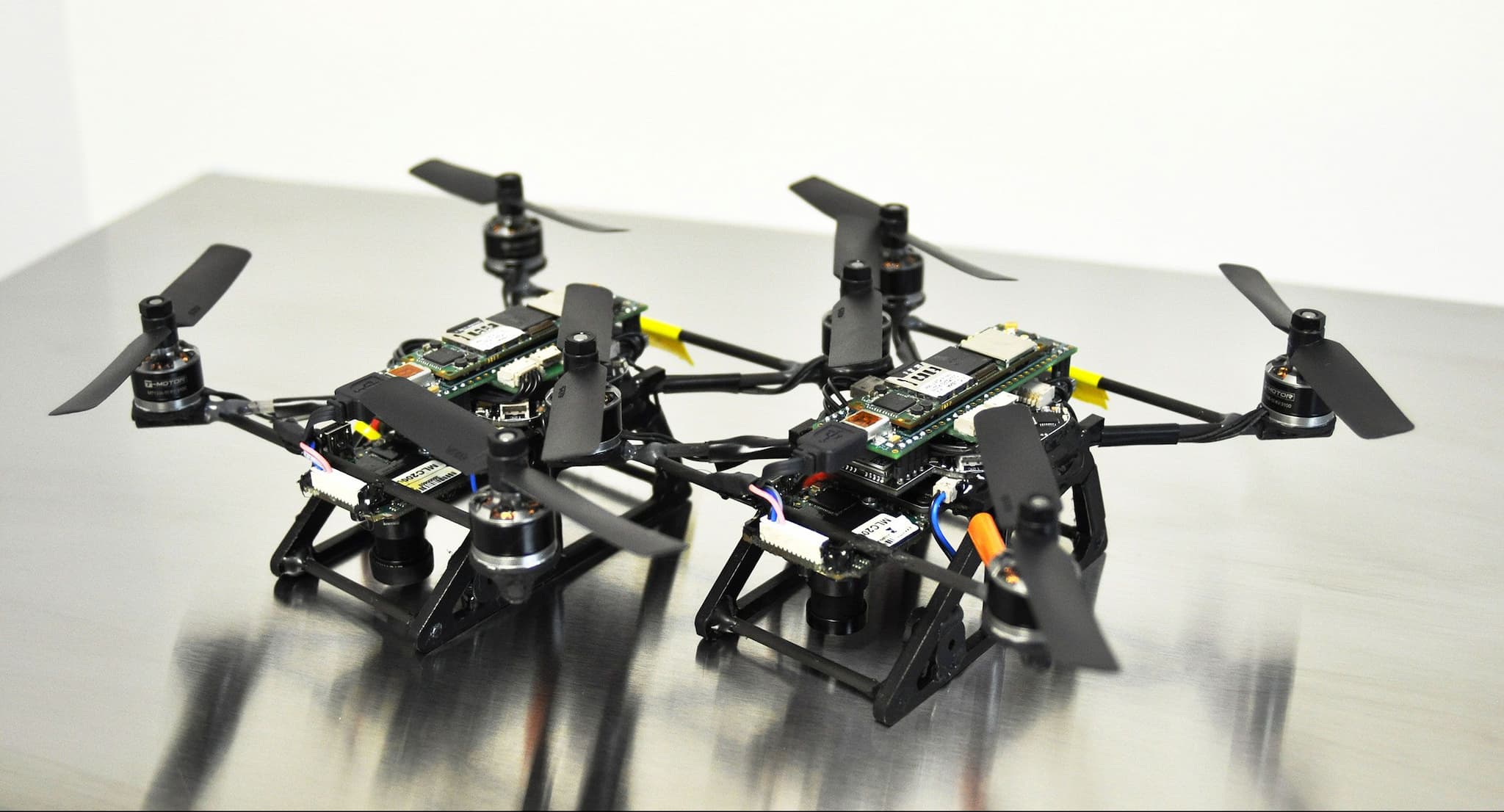Robots with Insect-Like Precision
Despite having a brain the size of a grain of rice, dragonflies can capture their prey with a success rate of over 97%. The University of Adelaide, which has delved into research on insect vision for many years, is using these insects for inspiration to build a robot that can more accurately capture moving targets. In a recent paper, the university’s researchers explained how their studies on human and insect behavior could be modeled in virtual reality simulations. The convenience of modeling such behavior in virtual settings has prompted them to build an artificial intelligence machine to pursue an object through improved visual systems.
The Thrill of the Hunt
According to Mechanical Engineering PhD student Zahra Bagheri, in order to quickly assess a moving object and orient itself to chase it, a robot needs “a combination of sharp eyes, quick reflexes, and flexible muscles.” Current robots are not only lacking this combination of traits, but also are slow in completing these actions. Robots have to spot the object, track it, predict its trajectory, and run towards its final location, all in quick succession. Bagheri emphasizes that tracking an object against a complex background is in itself a difficult task for robots. Traditional algorithms have attempted to solve this task by focusing the robot’s gaze on the moving object, but this process is too slow for the robot to actively pursue the object. How can the researchers program the robot to multi-task all of these actions while maintaining its speed?
Chasing Down the Target – Without Fail
The researchers have created an unusual algorithm to visually track their target. The robot is programmed to focus on the background and allow the object to move against it. Not only does this prevent the robot from being distracted by the background, but also gives the robot more time to process information about the object’s movement trajectory. In fact, the researchers at Adelaide have found this algorithm to perform up to twenty times faster than current state-of-the-art tracking technologies. The robot rotates and moves its gaze to keep its sight on the target.
This current method allows the robot to perform exceptionally well despite using simple processors. Researchers are in the process of moving this algorithm to a hardware platform instead of simply using virtual reality simulations. Imagine the result once the University of Adelaide has created a consistent, autonomous robot. Their robot has a huge array of practical applications, such as catching falling objects for the elderly or simulating sport scenarios. But perhaps the scariest thought is how the robot can be applied to human operations, such as the capturing of runaway criminals. Run away while you can; once Adelaide researchers complete the robot, it will hunt you down without fail.
Sources: ScienceDaily, University of Adelaide
Image Credit: Army Research Laboratory, Institute of Electrical and Electronic Engineers, The University of Adelaide
Share This Article
